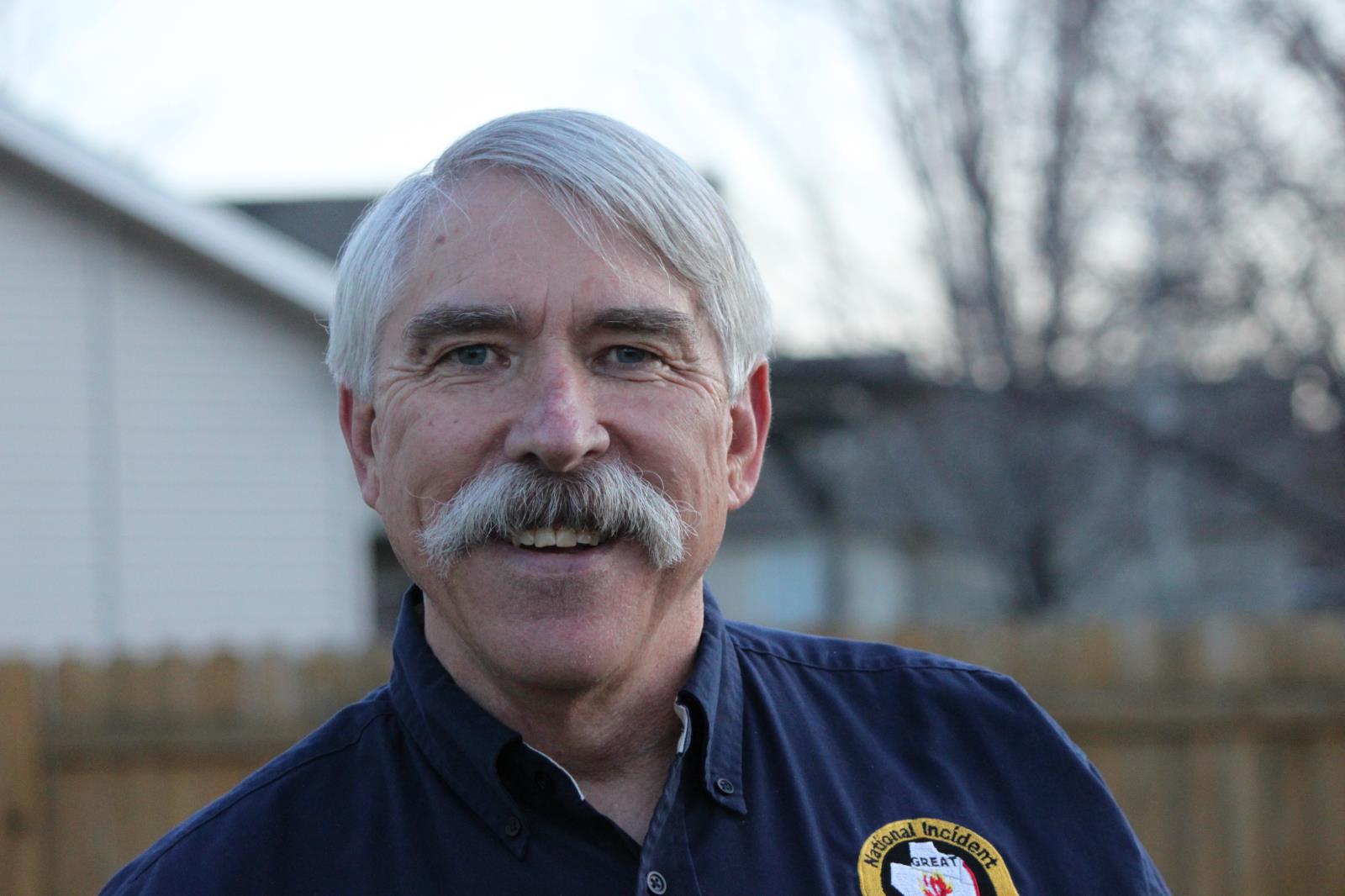Project aims to bolster use of fuel breaks on public lands

By Steve Raddatz
For Idaho Farm Bureau Federation
Over the past year, the U.S. Bureau of Land Management has been working on a project that would make it easier and faster for the BLM to authorize and build fuel breaks on public lands in the Great Basin.
A fuel break is a strip of land in which the vegetation that fuels a wildfire has been reduced or completely removed. The purpose of a fuel break is to build a buffer so that when a wildfire occurs, firefighters already have an effective feature in place where they can take action to slow down and stop the wildfire.
The BLM’s project envisions placing fuel breaks alongside roads, trails and utility corridors that are already in place.
My experience with fuel breaks dates to the summer of 1967 when, as a member of an engine crew, I spent many hours clearing the annual grass from strategically placed fuel breaks. We used these fuel breaks often as a place to effectively focus our firefighting efforts.
From that time, until my last fire assignment in 2012, I made a career of managing wildland fires throughout the western United States, retiring as deputy fire management officer of the Boise National Forest.
Unfortunately, large and fast-moving brush fires in the Great Basin are becoming more and more common, and they are becoming more and more dangerous. I can name dozens of wildfires in Idaho, Nevada, Utah and eastern Oregon over the past 20 years that have burned more than 100,000 acres.
Fires of this scale were exceedingly rare in the 1970s and 1980s. Not anymore.
Firefighters are increasingly challenged to do the job effectively and get home safely. In today’s fire environment their task is difficult and inherently hazardous. They need every advantage they can get.
Engines, airtankers and helicopters to drop water are good tools, but there are limitations to their effectiveness in an unbroken expanse of fuels. A fuel break gives firefighters a safer option to work where they can get a toehold on a fast-moving fire. It gives them a reasonable tactical chance.
Almost all firefighting boils down to changing the fuel that feeds the spread of a wildfire. Tactics like water and retardant drops, digging a fireline and igniting backfires all have this in common.
But too often brush fires expand faster than lines can be constructed to stop them. Having a fuel break in place speeds up the process.
Critics often disparage fuel breaks for failing to stop fires. True, if a wildfire burns up against a fuel break and no firefighters are there to take advantage of the change in fire intensity, the fuel break likely won’t stop the fire by itself.
A fuel break’s real value is to slow the fire down and shift the behavior of a brush fire from raging to reasonable. Slowing down a fire buys time for firefighters to effectively work.
Containing a wildfire is like a race that is measured in terms of time and distance. To win the race firefighters must build line at a faster rate than the increasing perimeter of the fire.
A system of fuel breaks can give firefighters an advantage in the time/distance relationship. That’s how fuel breaks help keep fires smaller.
Building a system of fuel breaks next to miles of existing roads and utility corridors makes a lot of sense. Fuel breaks are commonsense tools that will help us do something about the ever-increasing wildfire problem in the Great Basin.
Take it from me: fuel breaks work, and they deserve public support.
Still can't find what you are looking for? Find by topic:
- Achievement Award (YF&R)
- Actions Alerts
- Advocacy
- Ag Ambassadors
- American Farm Bureau
- American Farm Bureau Policy Book
- Archive Photos
- Articles
- Board of Directors
- Calendar - State/District
- Calendar - County
- Capitol Reflections
- Collegiate Chapters
- Committee Application Form
- Commodities
- Convention Annual
- County Presidents & Board Information
- County Resource Page
- Delegate Form
- Discount Programs
- Discussion Meet
- Discussion Meet - High School
- Education Programs
- Events
- Excellence Award (YF&R)
- Expense Voucher
- Flickr
- Gem State Producer
- High School Discussion Meet
- High School Speech Contest
- Hope in Idaho Ag
- House of Delegates Credentials Form
- IFBF Board of Directors
- IFBF Policy Book
- IFBF Staff
- Insurance
- Legislative Action Program
- Legislative Issues
- Library
- MAC Trailer
- Magazines
- Map My Benefits
- Member Benefits
- Member Discount
- Membership Application
- Mission Statement
- Moving Agriculture to the Classroom
- Newsletter Sign up
- News Releases
- News Room
- Open Range Law
